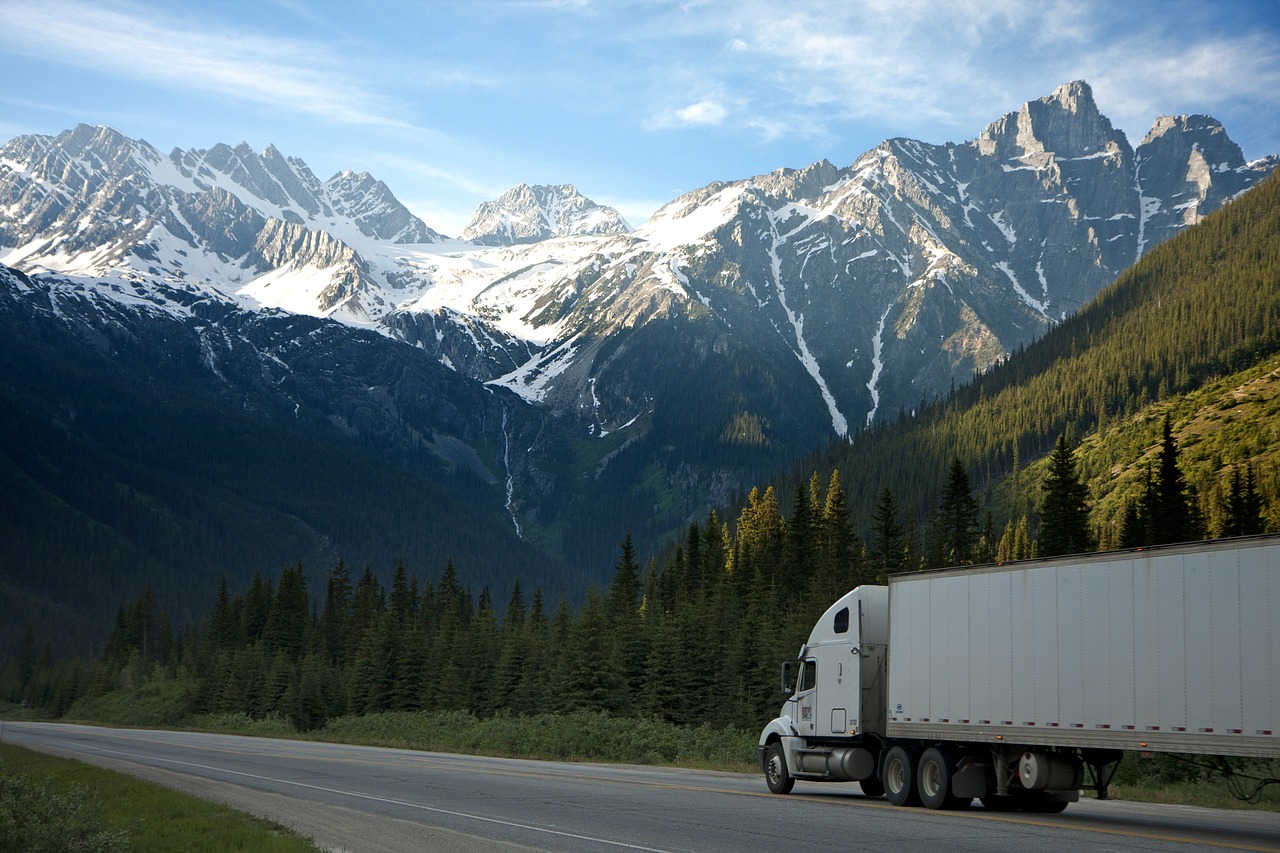Trucking is often referred to as a “legacy industry.” For some, that means it represents a great tradition, a business sector that keeps the economy moving, fields harvested, populations fed, and other transportation options fueled. For others, “legacy” implies “relic,” a lumbering dinosaur of an industry whose time is almost up.

From this perspective, it won’t be a meteor that kills off the diesel-powered big rigs, but rather the mandates of governments and the imperatives of a new, carbon-neutral economy. This view, however, is typically based on a caricature of the trucking industry, an image of the way trucking once was, decades ago.
Today’s trucking fleets are sleek and modern. Major firms have made commitments to reduce emissions, improve sustainability and become a strong link in the new green economy.
Trucking has dramatically changed in many ways. Rigs are high-tech and high-comfort. Each truck is a state-of-the-art computer on wheels, linked to online inventory and scheduling systems, as well as satellite GPS. Rigs are driven by highly skilled professionals, who must be knowledgeable about much more than the rules of the road.
Manufacturers are doing their part to increase the efficiency of engines and boost mileage. This is happening on both ends of the spectrum — diesel trucks are becoming much more efficient, with thousands of microchips managing and monitoring mechanical systems. Meanwhile, manufacturers are creating electric-powered models. Tesla’s eagerly-awaited Cybertruck is a major example, but the Ford Lightning and Rivian are also pointing the way to an electric future for the industry.
Meanwhile, the most environmentally conscious trucking companies are enthusiastic participants in an array of initiatives that seek to reduce each truck’s carbon footprint and its demand for fossil fuels. Challenger Motor Freight, for example, participates in the multinational SmartWay Transport Partner program. This initiative involves more than 500 shippers, carriers, and logistics companies that work in concert to actively reduce fuel consumption, greenhouse gasses and other atmospheric emissions.
The U.S. Environmental Protection Agency created the program, with these goals in mind: “EPA has taken key steps to reduce the climate and air pollution impacts of freight transportation through regulations and voluntary programs, both at home and abroad. For more than a decade, EPA has been a leader working with countries, business partners, and other organizations around the world to improve and promote global freight supply chain strategies and develop programs like SmartWay. SmartWay is recognized by foreign governments and business leaders in other countries as one of the best ways to improve freight efficiency and reduce costs while also reducing greenhouse gas and localized air pollution while enhancing competitiveness, energy security, and sustainable economic development.”
For Challenger, this commitment also involves working with manufacturers to refine the software that controls automatic transmissions, heightening efficiency and improving diesel fuel mileage. Additionally, Challenger has replaced double tires with super-single-tires where possible to improve rolling resistance. It has reduced idling with alternate power units to maintain cab temperature and recharge batteries. In perhaps the most high-tech twist, Challenger uses satellites to monitor their Class 8 trucks’ engine operations and drivers’ road management skills for trainers to analyze.
Challenger’s environmental campaign extends to its own company headquarters. In building these structures, Challenger worked to minimize the impact of construction and operations, and make the most effective use of the land.
Challenger promoted energy efficiency with heat recovery and ground source pumps for heating and cooling. It installed low-flow fixtures, cutting water use by 34 percent. When making purchasing decisions, Challenger seeks out products with low and zero volatile organic compounds. The architectural design reduces lighting costs by ensuring that 90 percent of the interior space is illuminated by sunlight during the daytime. In addition, Challenger uses recycled materials wherever possible.
As the EPA notes, more than $600 billion worth of freight crosses the U.S.-Canada border each year. That’s an estimated 550 million tons — a huge magnitude of weight that requires tremendous amounts of energy to move. That figure also means that even the smallest increase in efficiency can have a major impact — on people and the planet.
